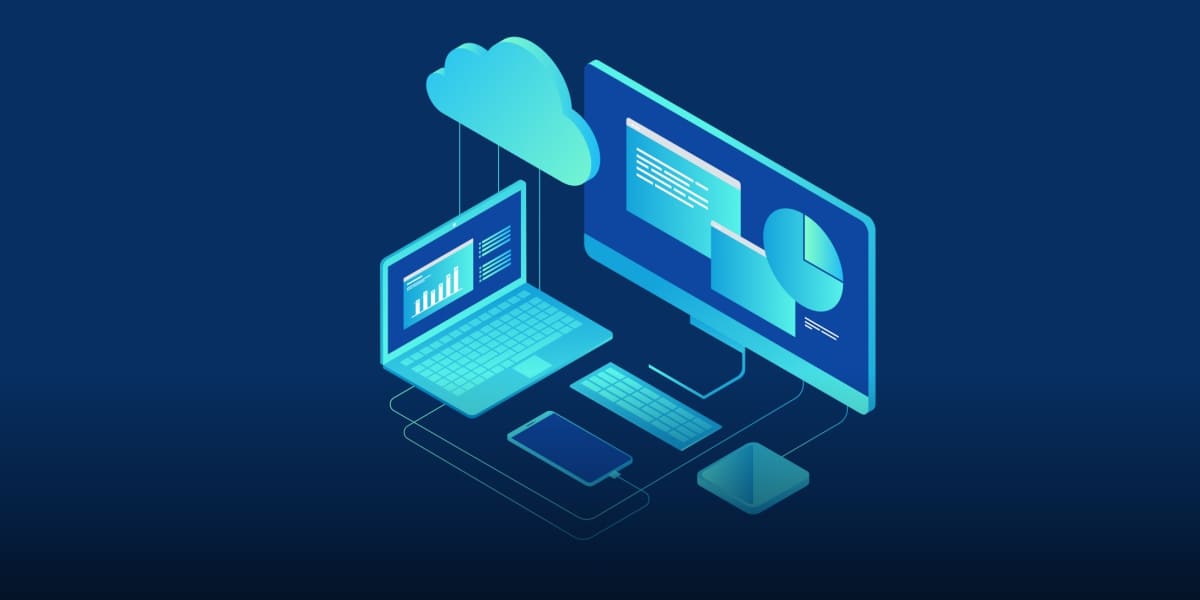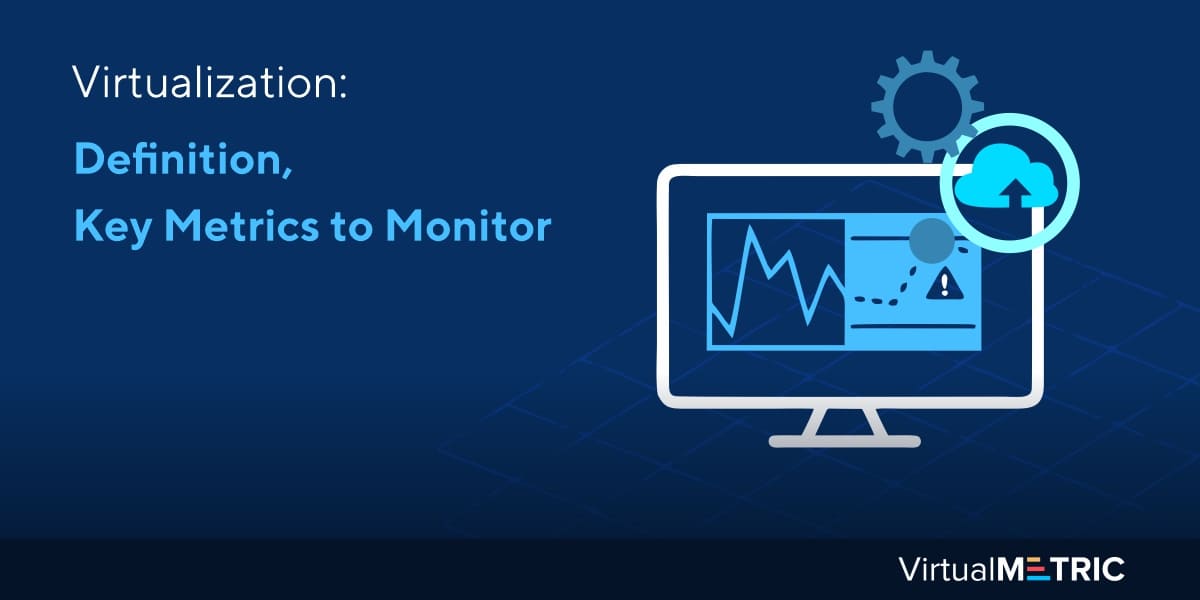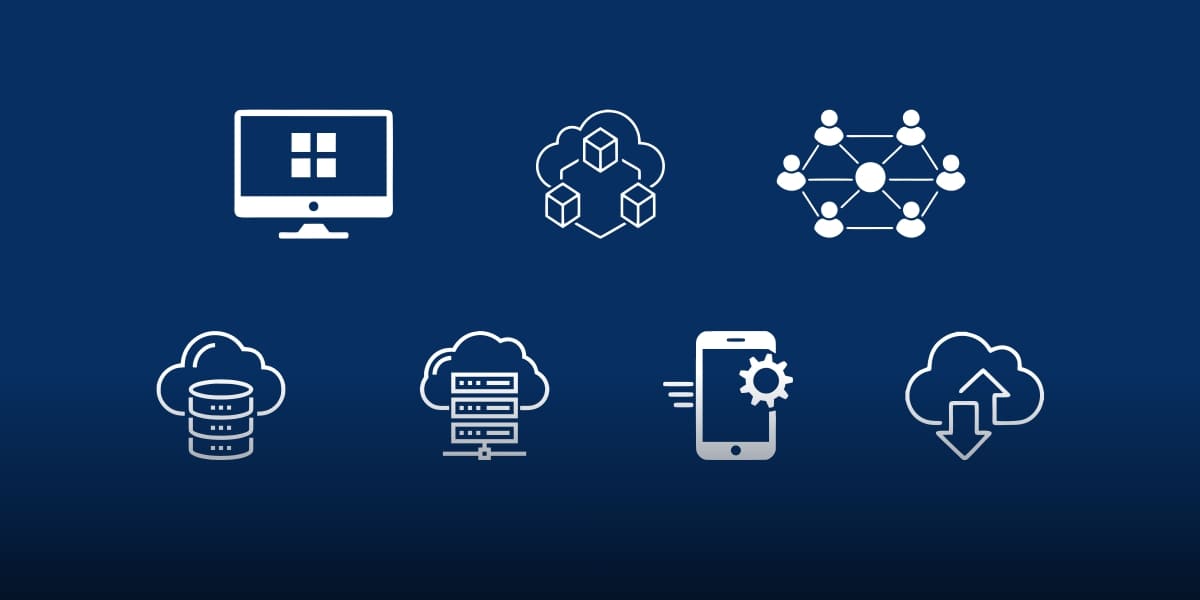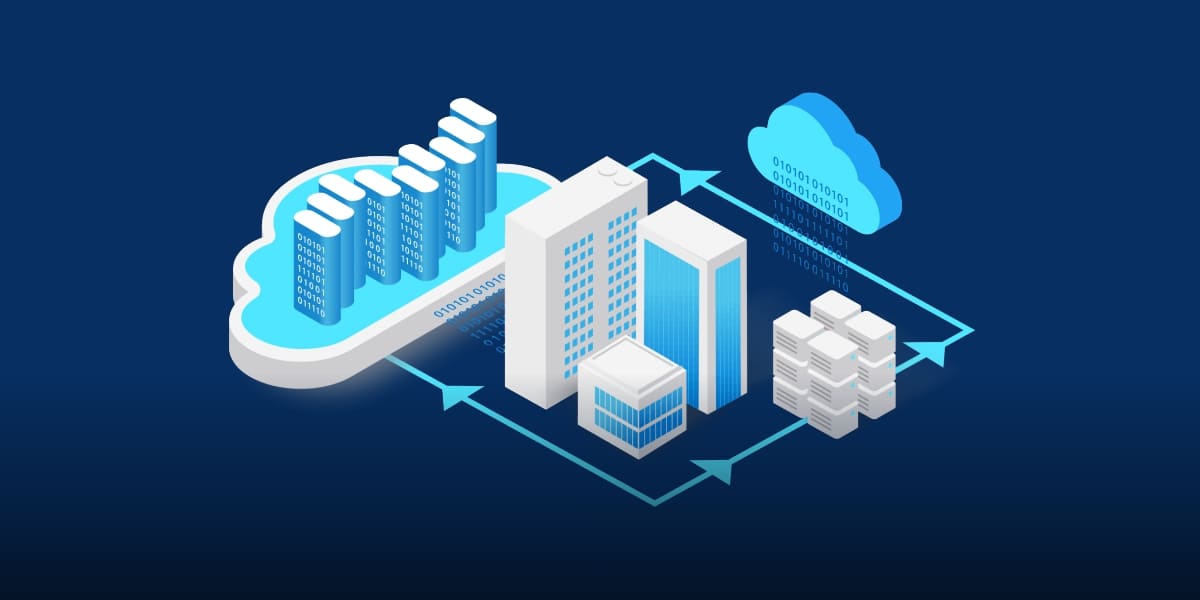With organizations worldwide moving towards digitization and remote working models, there is an increased need for more computing power and server resources. But not everyone can afford to host state-of-the-art, well-maintained servers in their premises. And that is why virtualization technology is so popular today.
Virtualization technology enables organizations of all sizes to make use of IT services without the hardware resource constraint. Are you thinking about how virtualization can help you? Here is a simple guide to help you understand what virtualization is, its key metrics, and how to monitor virtualization for efficiency.
Virtualization Definition
What is virtualization? According to the Red Hat virtualization definition, it can be defined as a technology that allows users to create multiple simulated environments from a single dedicated hardware system. Simply put, virtualization enables you to use a single physical device to emulate one or more virtual devices that exist as separate software entities.

The virtualization software that makes this possible is called a hypervisor, and the separate, distinct virtual environments created are termed virtual machines. Consider you have a single hardware system. But you want to run both a Windows machine and a Linux machine on the only available physical system you have.
With hypervisor software like VMware or Hyper-V, you can easily set up and run virtual machines (VM) for any OS platform you need on the same physical machine. Now you can run two platforms under the cost of a single hardware resource through the process of virtualization.
The physical hardware is called the host, and the virtual machines monitor running on it are guest OS. The hypervisor will allocate resources like CPU time, storage, and memory to each of the guests. Now the same concept can be applied for a larger scale with server virtualizations.
Types Of Virtualization
Server virtualizations, as a matter of fact, allow you to host your websites on shared remote servers, saving you the cost of installing and maintaining in-house servers. There are various types of virtualization technologies based on their purpose and resources shared. Let’s have a quick look at them.
OS Virtualization
This is the most popular type of virtualization, also known as virtual machines.
Application Virtualization
Applications are run on servers but behave as though they are running on the local computers.
Network Virtualization
This includes virtual management of IPs via NICs, switches, VLAN tag and routing tables.
Hardware Virtualization
Hardware partitions to help perform specific tasks.
Storage Virtualization
This type of virtualization groups physical storage systems into a one virtual storage format.
Server virtualization
This type of virtualization allows for several VMs to run on a single physical server. The VMs share the physical resources like CPU, memory, storage and networking.
Benefits Of Virtualization
Virtualization software allows pooling resources and greatly reduces the time, effort, and cost involved with running several computing systems. It also serves as a useful way to test an application for different platforms without investing in acquiring all the necessary extra hardware. Here are some reasons virtualization is preferred:
- It enables you to take full advantage of available hardware resources. You get better performance and efficiency.
- It helps in strengthening security systems by providing distinct VMs not affected by other VMs or applications running in the same physical systems
- It is an effective way to save costs on hardware resources.
- VMs allow for better recovery and backups.
Why Should You Employ Virtualization Monitoring?
As you can see, the reasons to opt for virtualization are far more valid than any reason not to. But with any technology, it depends on how well you manage and monitor it to get the best out of it. Data virtualization will continue to work if the hardware and software are maintained and managed well.

You will have to look out for performance bottlenecks, uneven load sharing, resource maxing out, and similar alarming conditions, leading to more serious issues and poor performance. Continuous virtualization monitoring and management is a necessary part of every virtualization solution. Let’s know more about the metrics you should monitor in the next section.
Virtualization Metrics You Should Monitor
Monitoring will alert you of any possible threats or deficiencies in your system and will help your better decisions on resource management and allocation. So, what should you monitor? Here are some important VMware virtualization technology metrics you should keep an eye out to ensure seamless operations.
Memory ballooning
Excessive memory ballooning can lead to poor VM performance. This is a hypervisor level metric that should be monitored regularly to prevent high levels of disk input/output operations by the guests.
Memory Swapping
Swapping can happen at both the guest OS level and the hypervisor level. Check the swap in swap out rates to find the root cause behind any slow VM performance issues.
VM CPU Wait And VM CPU Ready
This refers to the duration it takes for a VM to move from wait and ready states.
Large And Old VM Snapshots
A snapshot is a set of files that captures the exact data state of a VM at a specific point in time. It consists of details like memory, settings, disk states, and so on. As a VM continues to operate, snapshots will be created and may add up to the VM’s space. This can put a strain on available storage and lead to poor performance.
Idle VMs
Idle VMs and orphaned VMs may continue to operate and consume valuable resources needed by active VMs. Keep track of such VM processes, remove and terminate them as and when required.
VM Disk I/O Operations Per Second And Throughout
These two metrics are clear indicators of VM health state and performance. If a virtual disk has low throughput, it may not be able to support i/o operations made by the VMs. It will also impact the performance of the virtual CPU and memory of the VM.
Storage Capacity
Any logical storage units of the VMs use disk space from connected physical devices or disk partitions. If the storage exceeds its max limits, a VM will not be able to function properly.
Network Connectivity
Slow network and low performing virtual ports and network devices may also contribute to a poor VM performance.
Hardware Health Status VM Resource Usage
Any hardware failure and inefficient resource usage by hypervisor can be detrimental to the performance of VM.
The Wrap Up
We hope this blog would have explained to you what is virtualization technology. It is highly recommended to track virtualization metrics efficiently by using server monitoring tools like VirtualMetric. For starters, VirtualMetric equips you with a monitoring dashboard to help manage your VMs. You can also get alerts when these metrics reach critical values.
Be sure to establish the benchmark values for the metrics you want to track and use the tracking data to make efficient resource usage decisions and management decisions. So, what are your views on this? Have you ever used virtualization software? Do share your experience with us in the comments below.




Leave a Reply